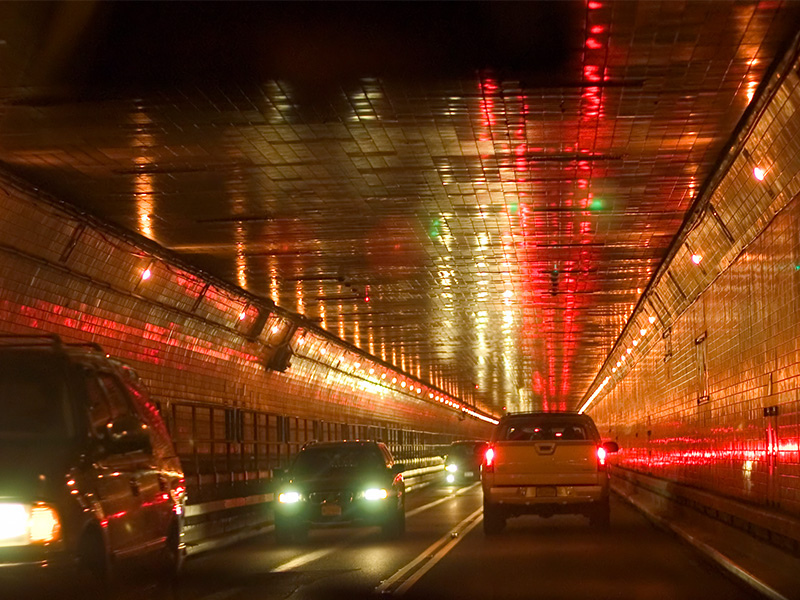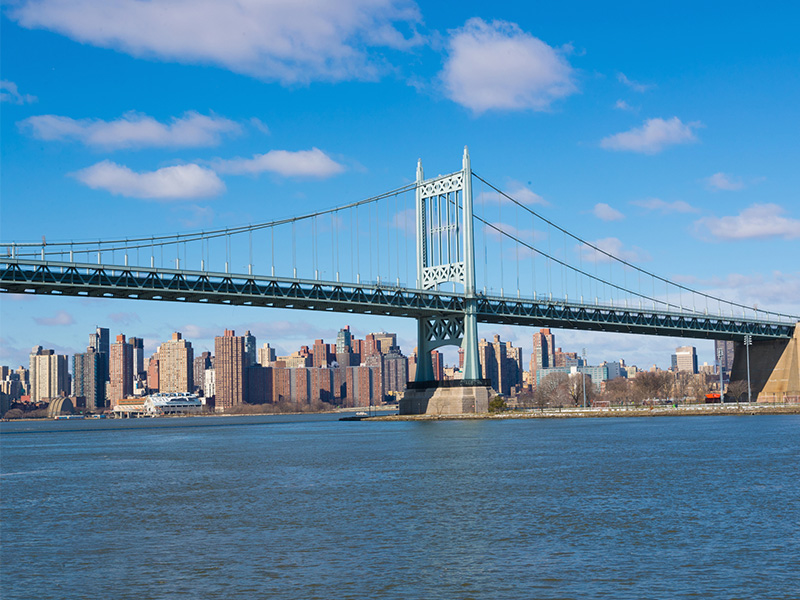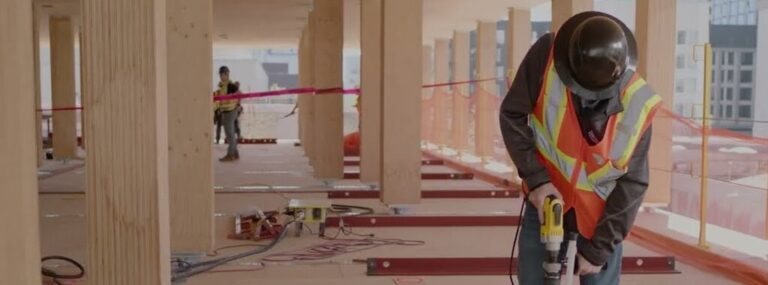
Perhaps predictably, Congress has mostly punted on taking on any infrastructure-related spending, while pundits and economists have questioned whether the $200 billion can catalyze the additional $1.3 trillion in investment required at the state and local level to bring the plan to fruition. In that, President Trump becomes an odd bedfellow to former US Presidents Barack Obama and Franklin Delano Roosevelt, both of whom faced similar Congressional apathy or downright opposition regarding large-scale federal infrastructure investments.
That’s not to say big-time infrastructure spending won’t ultimately happen. Between 1933 and 1935, the Public Works Administration of FDR’s New Deal funneled $3.3 billion to private companies working on over 34,000 projects to build bridges, dams, roads and government buildings. And under Obama, the American Recovery and Reinvestment Act (ARRA), also known as the Recovery Act, managed to dole out $80 billion for roads, airport runways, railroads, federal buildings, parks, and water and wastewater infrastructure.

Key US infrastructure projects largely funded by federal investment include the following:
- The Cleveland Innerbelt Bridge (Recovery Act)
- Department of Homeland Security Headquarters (Recovery Act)
- DFW Connector Highway in Dallas–Fort Worth (Recovery Act)
- LaGuardia Airport (New Deal)
- The Lincoln Tunnel (New Deal)
- The Triborough Bridge (New Deal)
- Port of Tampa elevated truck route (Recovery Act)
- The San Francisco–Oakland Bay Bridge (New Deal)
While projects at the national or state level usually get the headlines (President Trump’s proposal earmarks $20 billion for “projects of national significance to lift the American spirit”), plenty of dollars eventually make their way down to local jobsites to profit pro builders and material suppliers. Under the Recovery Act, federal stimulus programs helped build an Austin courthouse, an army hospital at Camp Pendleton in California, energy-efficient homes in Phoenix and a veterans facility at Fort Bliss, Texas.

To be sure, federal stimulus can often feel more like a slow trickle by the time real cash reaches real construction projects and real contractors. Even the current White House plan says the plodding permit process needs to be revamped in order to unleash infrastructure funding. While awaiting the influx, builders and general contractors will be well-served to prepare themselves for more large-scale jobs. Bridges, water treatment plants and municipal works are all key projects to include in the infrastructure optics. Familiarity with the latest materials, technologies, processes and system solutions will have progressive contractors poised for an eventual share of the action.
Note: This is the first in a series of posts exploring infrastructure investments, systems and solutions for construction professionals.


